Radar would not be conceivable without radio. Radar is now a standard piece of equipment used in many different ways. Before the Second World War, some countries thought it was a top-secret project.
Flight Radar First Discovery
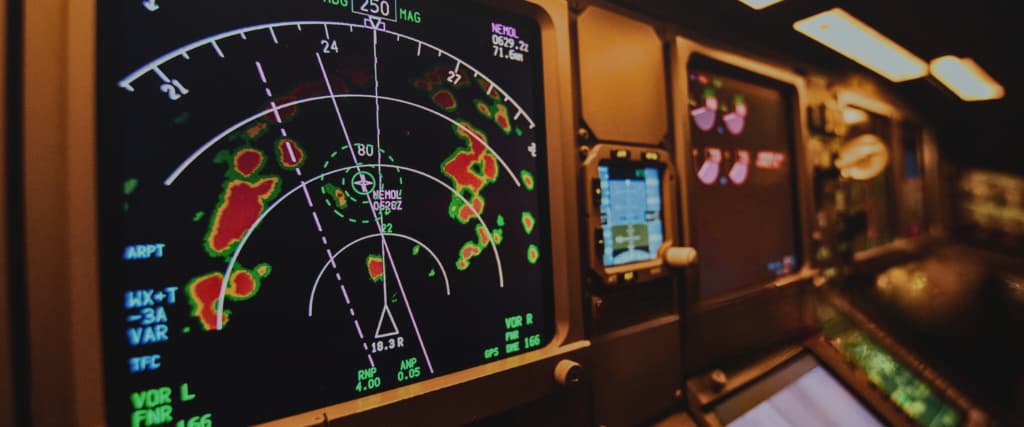
Heinrich Hertz, a German physicist, made the first actual discovery of radar far back in the 19th century. He found that metallic things caused radio waves to reflect. This came after radio-related electromagnetic research.
Early in the 20th century, Christian Hülsmeyer developed a relatively simple technique to identify ships through the fog, the first practical use of object detection utilising radar technology. The following two decades saw a significant breakthrough in radar technology. Like many other technical developments, war was the main driver of this progress.
Military Applications Lead to Radar Advancement
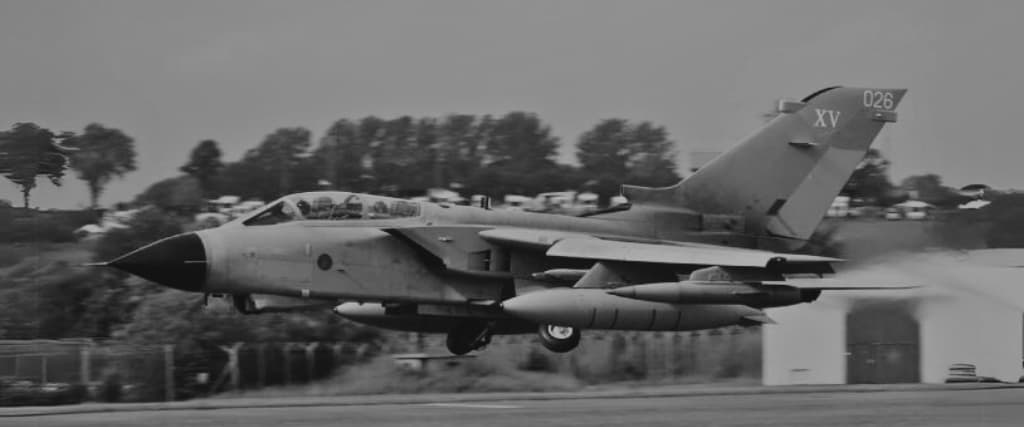
The First World War served as the impetus for rapid developments in flying. Due to this recognition by several European countries, military strategists were acutely aware of the necessity to watch and measure aircraft mobility for defence purposes.
Initially, studies were conducted using “sound mirrors,” which combined a radar antenna with microphones to detect engine noise at a greater distance. Hugh Dowding, Air Chief Marshal, was invited to a demonstration by Robert Watson-Watt.
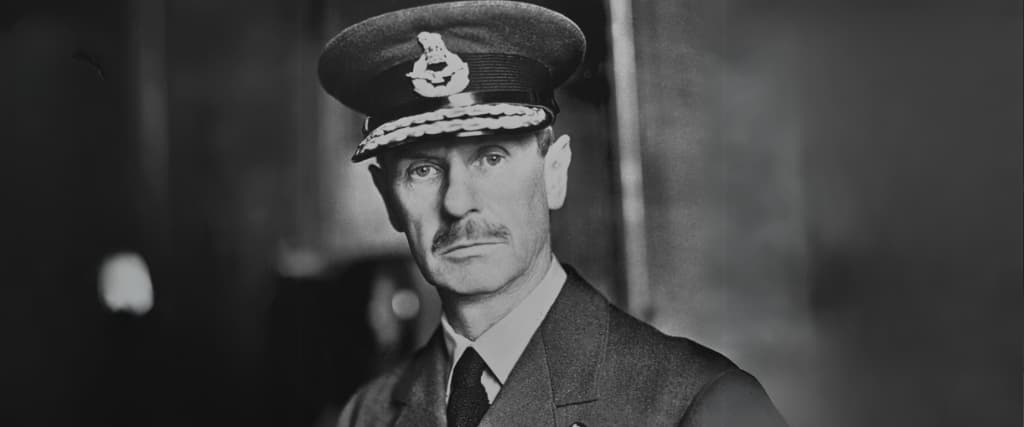
Sadly, everything didn’t go as planned since a passing milk float derailed the demonstration. Using sound to identify aeroplanes was swiftly abandoned by Watson-Watt as being unreliable. British funding in “death rays” research led to the radar being selected as the preferred method of combat.
A network of receiver and transmitter radar stations around the south coast of England known as “Chain Home” was established when the Second World War started in 1939. Besides the tremendous but limited observation corps and their eyes and ears, this system was the principal defence help.
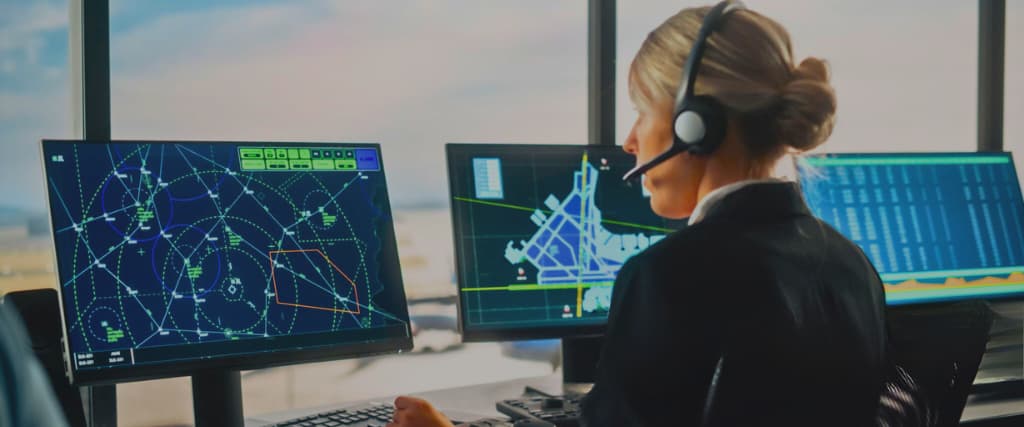
These early radar types generated input considerably different from what we now see on radar displays.
An object’s echoes or reflections would cause pulses to increase on the radar controller’s CRT sight. The broadcast pulse would start at “0” on the scale, and you would view the response pulses along a ruler to indicate distance. If a return pulse was detected at ’50,’ this indicated that the target or object was located at a distance of about 50 miles.’
Additionally, a top-down perspective was provided by PPI (Plan Position Indicator) in 1940. This allowed the radar stations to report the bearing of incoming aircraft. An azimuth-range transmitter rotated and sent radio waves to accomplish this.
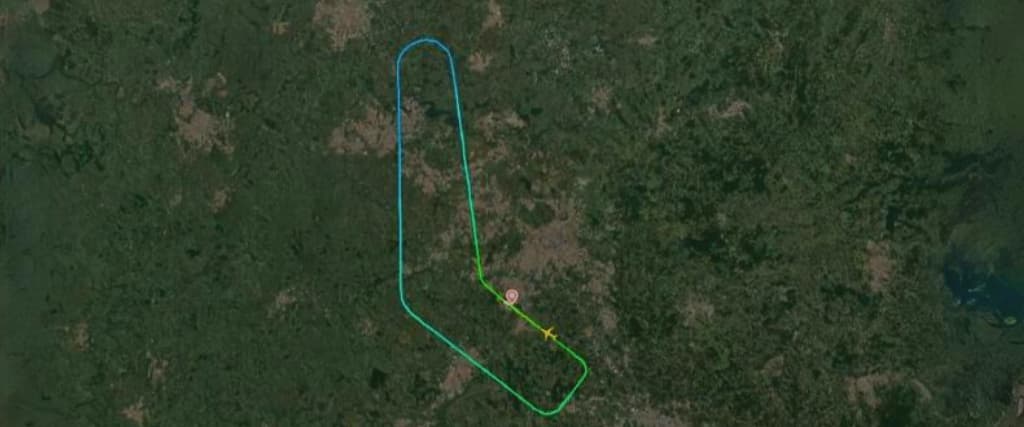
Now that the UK’s Fighter Command could observe the approaching enemy aircraft’s speed and distance, they could also provide bearings. This was a significant benefit since it allowed the RAF Squadrons to be quickly sent and given precise orders and knowledge of the location of the enemy aircraft.
Before the US Navy came up with the name “radar” as we knew it today in 1940, this technology was first referred to as “Radio Detection Finding” (RDF). All countries engaged in its development at the time considered this technology very top secret.
After the Second World War
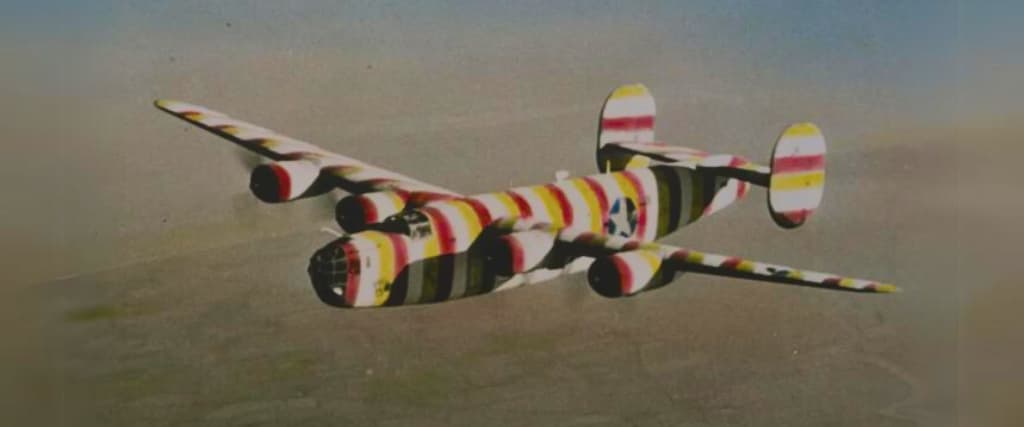
Following World War II, radar development in Germany reached a complete standstill. The US, the UK, and the USSR all employed German engineers and technicians to develop their radar systems.
The UK’s Royal Air Force invented one of the most significant developments in radar use. In this case, radar was used to help pilots land aeroplanes on runways when visibility was poor. These days, most airbases and airports use Instrument Landing Technology (ILS), a system that has evolved from this.
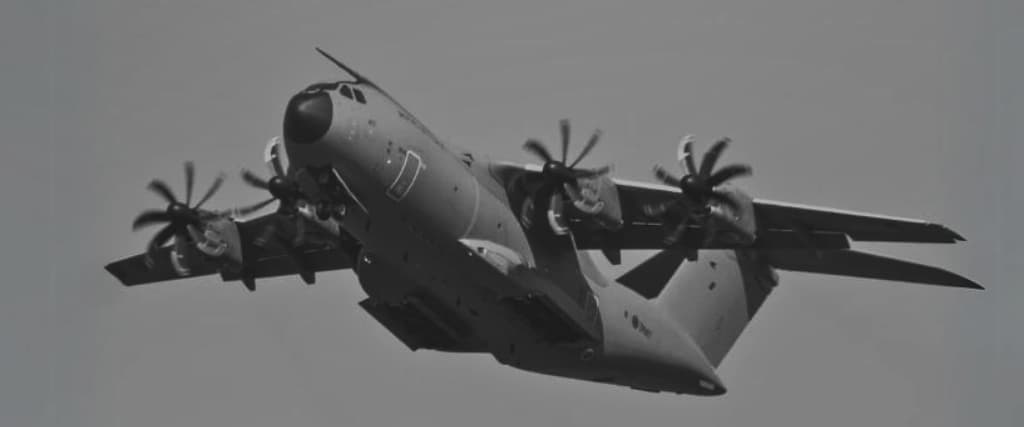
Radar was still being developed in the late 1940s and early 1950s. This cleared the path for improved radar techniques:
- Pulse-Doppler radar
- Monopulse radar
- Phased-array radar
During the Cold War, the United States progressively improved its radar technology by deploying several massive radar networks throughout the west coast and Canada as part of an early warning system. The development of nuclear-capable aircraft by the United States and the Soviet Union in the late 1940s necessitated the installation of massive warning systems.
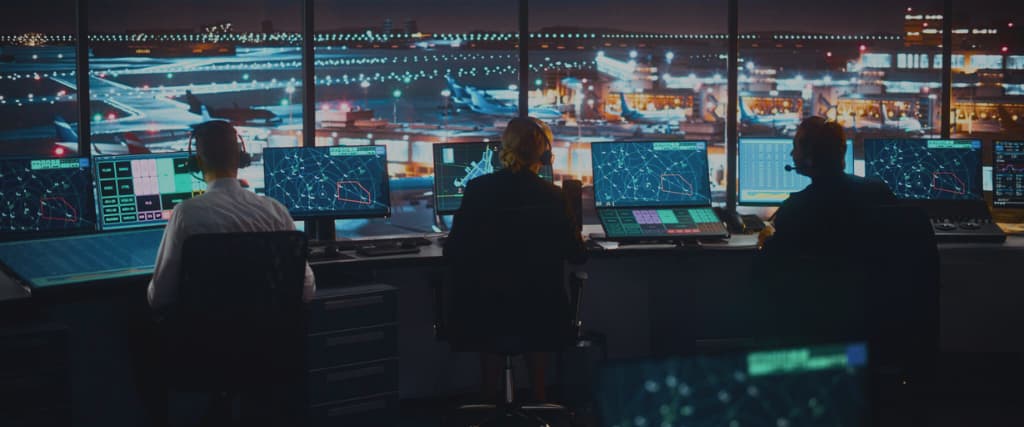
‘Line of sight’ broadcasts are used by radar, which sends signals in straight lines. This implies that the sender will reflect any object in the transmission wave’s path. The radar scope may be obscured by topography that creates ‘radar shadows.’ As a result, there is no echo at the receiver because the earth absorbs the radio transmissions rather than reflecting them. In the 1950s, radio signals bounced off the ionosphere and returned to the transmitter. In this way, communications and radar might extend beyond the boundaries imposed on them by the landscape.
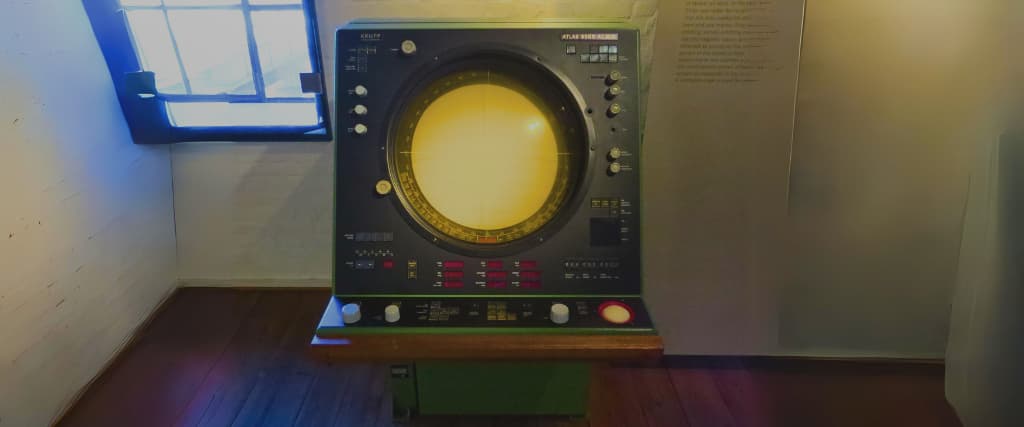
By the 1970s, radar had considerably greater wattage levels, enabling it to detect echoes at greater distances. The Russian system known as “ArcArc” may detect a missile launch at a distance of 1,600 miles; its strength is estimated at 10 Mega Watts. Radio amateurs gave it the code “Woodpecker” because they often experienced interference from this radar facility.
Modern radar systems employing ADS-B result from satellites. The transmitters built inside each aircraft gave many additional details about an aircraft. Secondary radar was utilised, and a transponder provided data about the aircraft. This opened up new possibilities in civil aviation, which began expanding rapidly in 1946.
Civilian Purposes
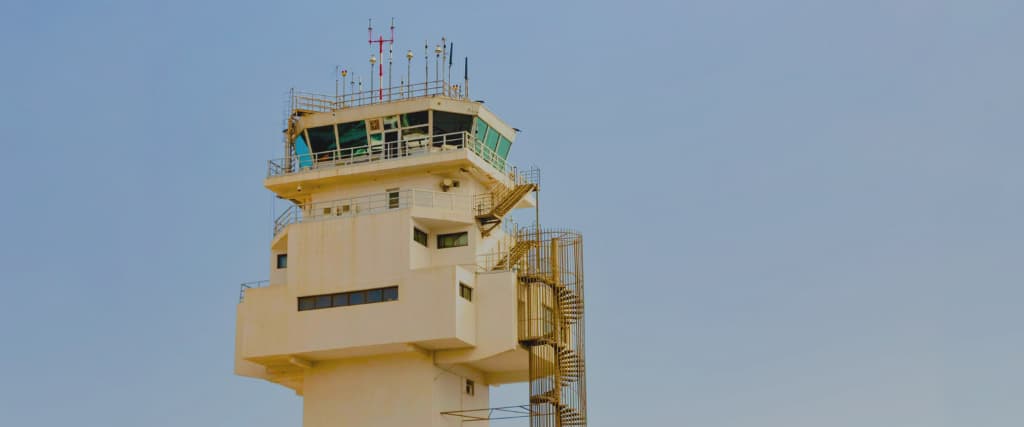
The Civil Aeronautics Association (CAA) presented the first radar-equipped command centre for commercial aircraft in 1946, marking the start of modern air traffic control. The CAA began employing radar continuously in the early 1950s to monitor civil aircraft.
Radar has been effective for weather monitoring in addition to aviation-related uses. The interference seen on the scopes during the Second World War was attributed to precipitation. Weather radar was continuously upgraded between 1960 and 1980.
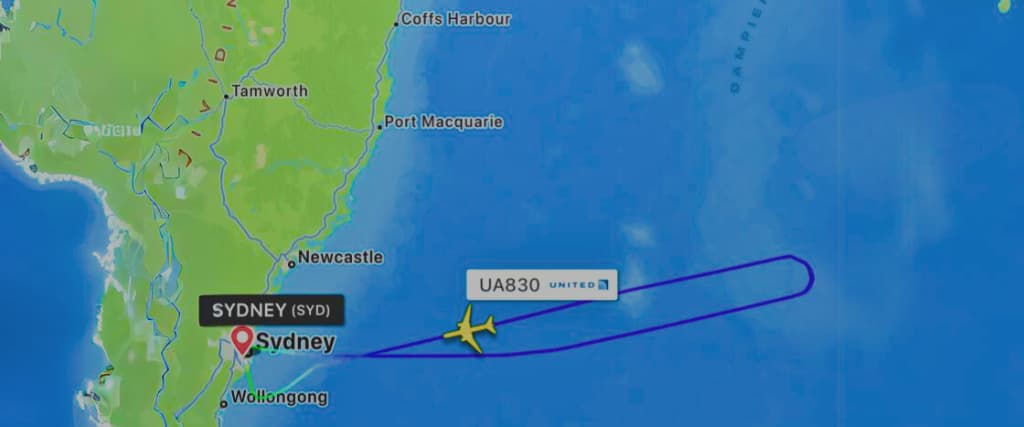
The United States, Europe, and Japan had sizable, well-connected weather radar stations by 2000. You should get accurate weather predictions as this is swiftly spreading to other industrialised nations!
